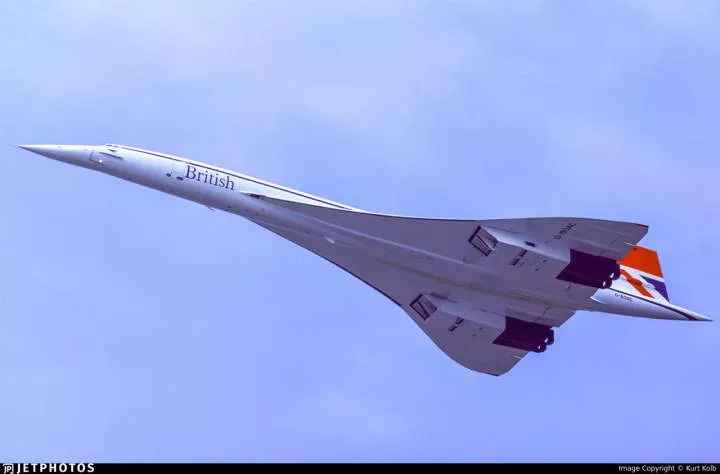
"All liveries look the same nowadays" is a common lament amongst the world's avgeeks. You may have noticed that most commercial aircraft feature predominantly white liveries with small areas of color, typically around the tail. It's one of the reasons why special liveried aircraft are often amongst the most tracked on Flightradar24.
Why are aircraft predominantly white?
There are several reasons white is the preferred color for commercial aircraft. Let's take a look at them.
1. Saving money
It's no secret that cost saving is a keystone of modern commercial aviation. After safety, 'commercials' are the big driver of industry decision making, and that extends to paint.
A typical twin-engined widebody aircraft typically requires around 80 -120 gallons of paint at a cost of up to $300,000USD. White paint fades slower than darker colors, so white aircraft need to be repainted less regularly.
It is interesting to note that white paint is often reported to be lighter than darker colors, but this is generally considered to be a myth.
2. Temperature control
White is a color that reflects sunlight, which has the result of keeping the aircraft cool. This benefit comes into its own at high speed, where friction from the air can heat the skin of an aircraft to extreme temperatures. Concorde was an excellent example of this, with its white airframe helping to protect the aircraft from leading edge temperatures of around 127°C experienced during supersonic flight.
3. Maintenance and flight safety concerns
Most fluids contained in aircraft are dark in color. Maintenance personel are likely to find it easier to identify leaks of substances like fuel, oil and hydraulic fluid against the backdrop of a white surface.
A white aircraft is also more visible in search and rescue situations, as well as being more conspicuous to birds.
4. Changes of ownership
Around half of commercial aircraft in the world are leased. Leasing involves an airline hiring the aircraft (and sometimes the crew) for a pre-determined number of years. As such, when aircraft are regularly changing between operators, a predominantly white livery is easier and cheaper to rebrand.
Splashes of color - how airlines differentiate
Airlines typically bring more subtle hints of color and branding to the fuselage of their aircraft. The 'cheatline' was a common detail between the 1950's-1980's, featuring a colored line or lines along the windows. This has fallen out of favor in recent decades, and one of the few remaining examples of a cheatline is worn by Singapore Airlines (SQ).
It has always been far more common for airlines to focus colour on the tail of the aircraft, with the fin itself always having served as the flying billboard. More recently we have seen a trend towards colored sections continuing below the tail fin onto the rear of the fuselage, creating some homogeny in contemporary airline liveries.
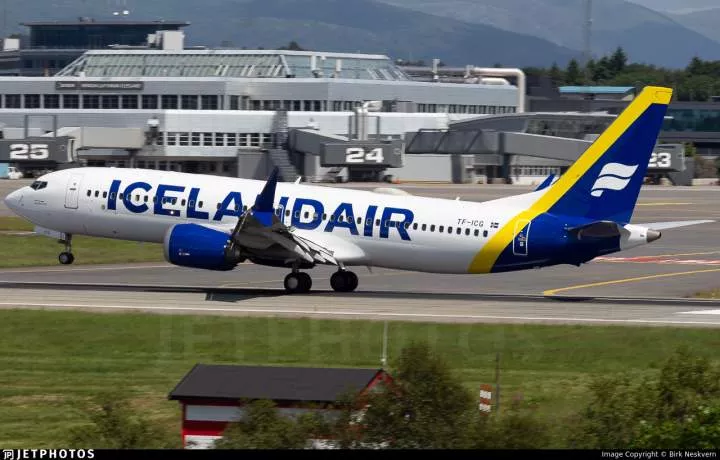
Exceptions to the rule
Breaking the mould completely, some operators have elected for a whole colour approach. Perhaps one of the most notable examples is Southwest Airlines (WN). The US low-cost carrier's livery perhaps contains some of the lowest amount of white in the skies, showcasing the company's blue, yellow and red brand colors across the entire fuselage.
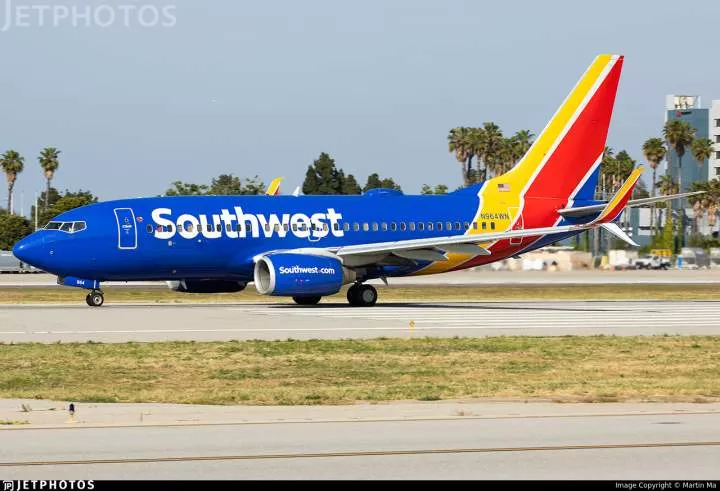
In Europe, Icelandic carrier PLAY Airlines (OG) sports an all red/pink livery. Does this count as more white than Southwest? We'll leave it to you to decide.
It is interesting to note that these liveries are more common amongst low-cost carriers, suggesting the value of showcasing a bold brand can outweigh the cost of more paint.
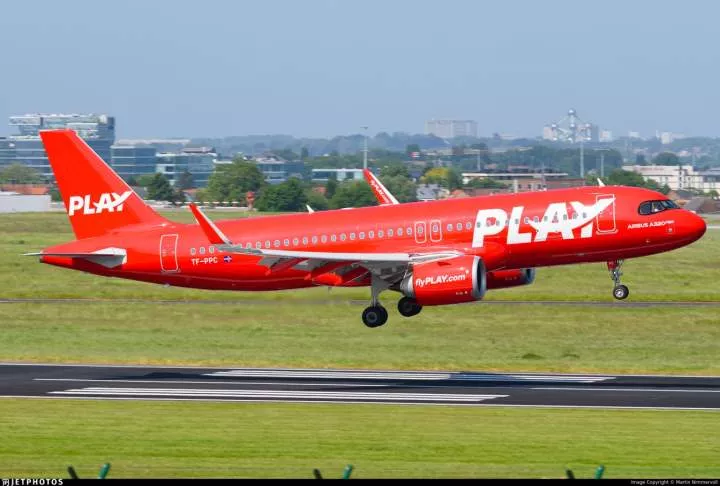

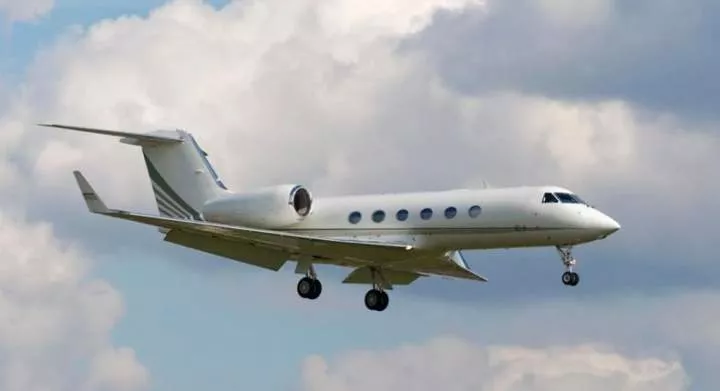

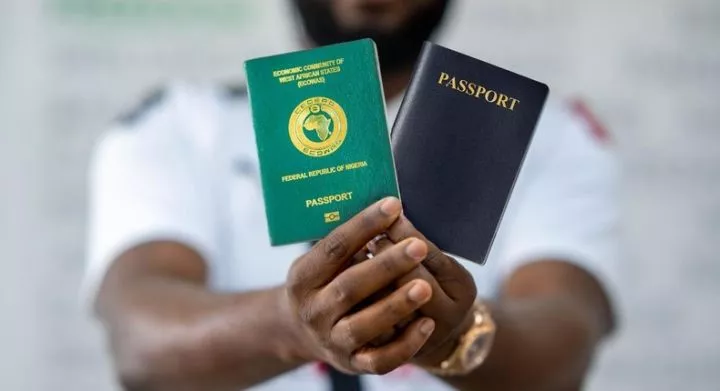

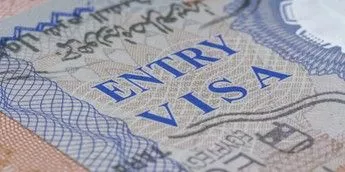
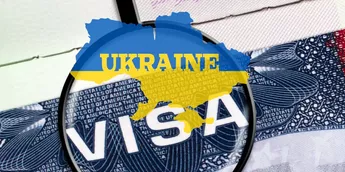





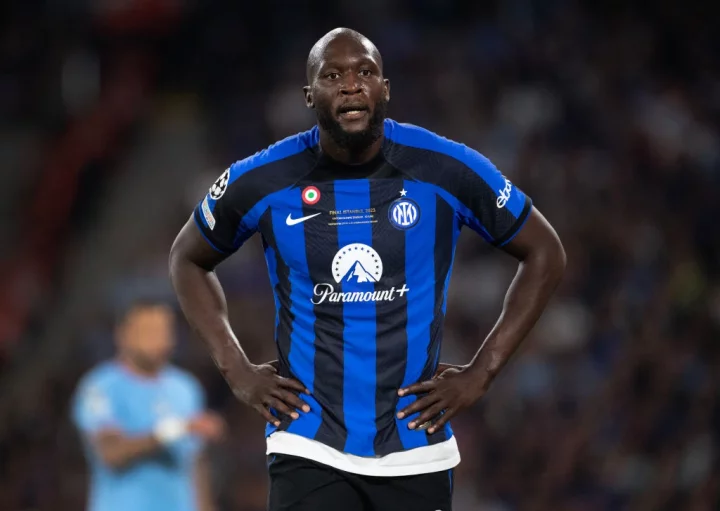




Comments